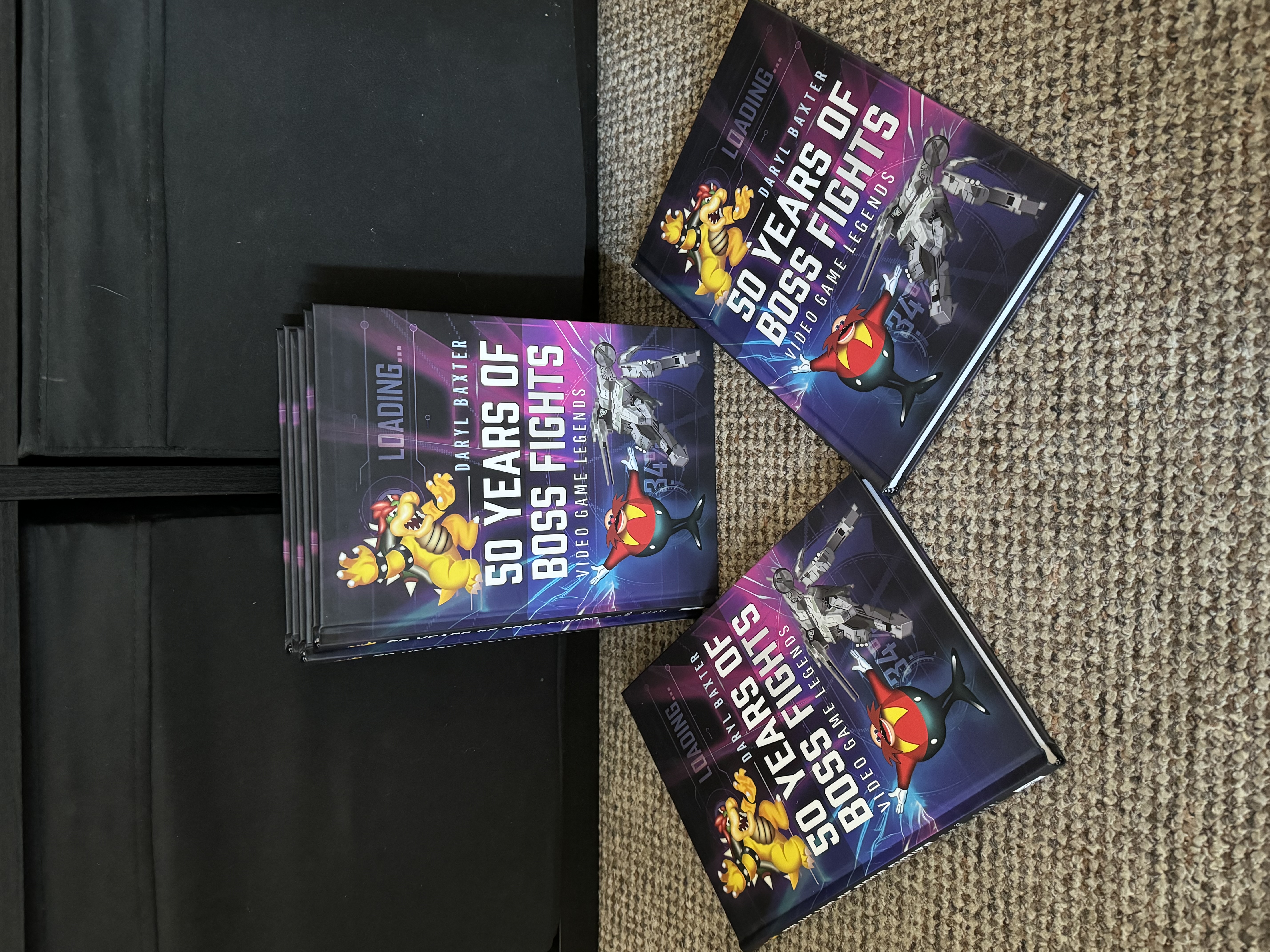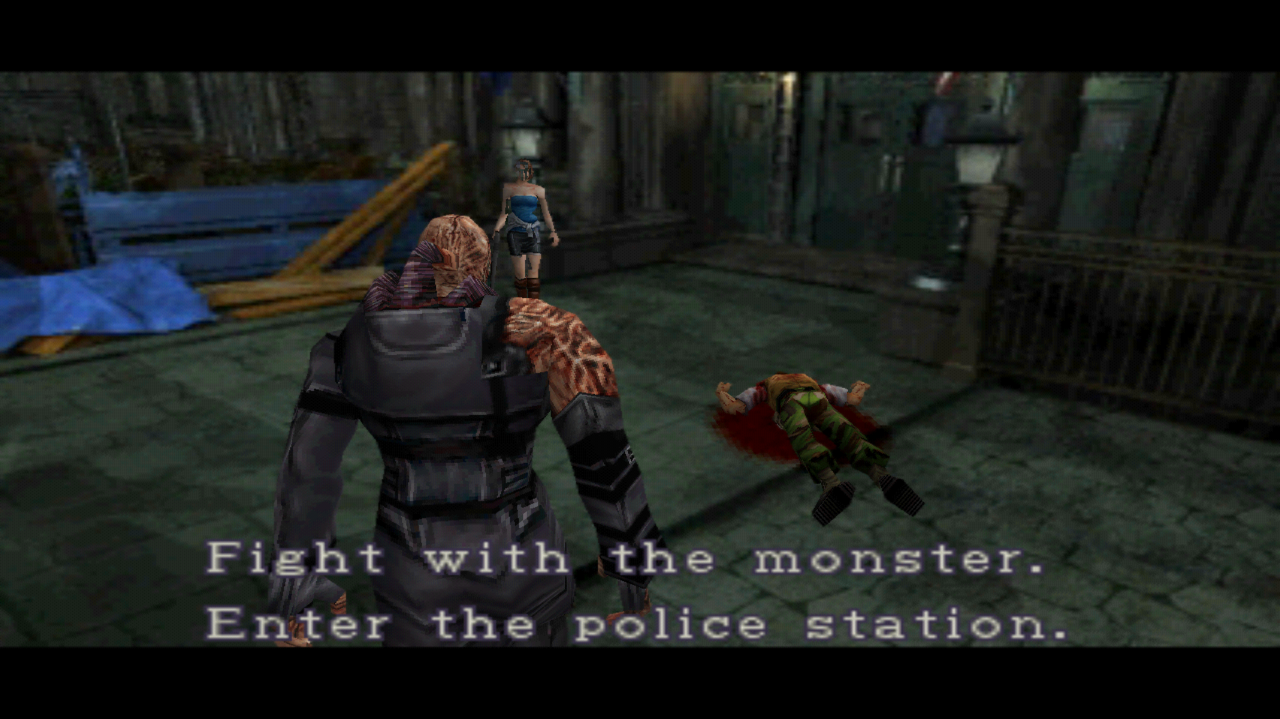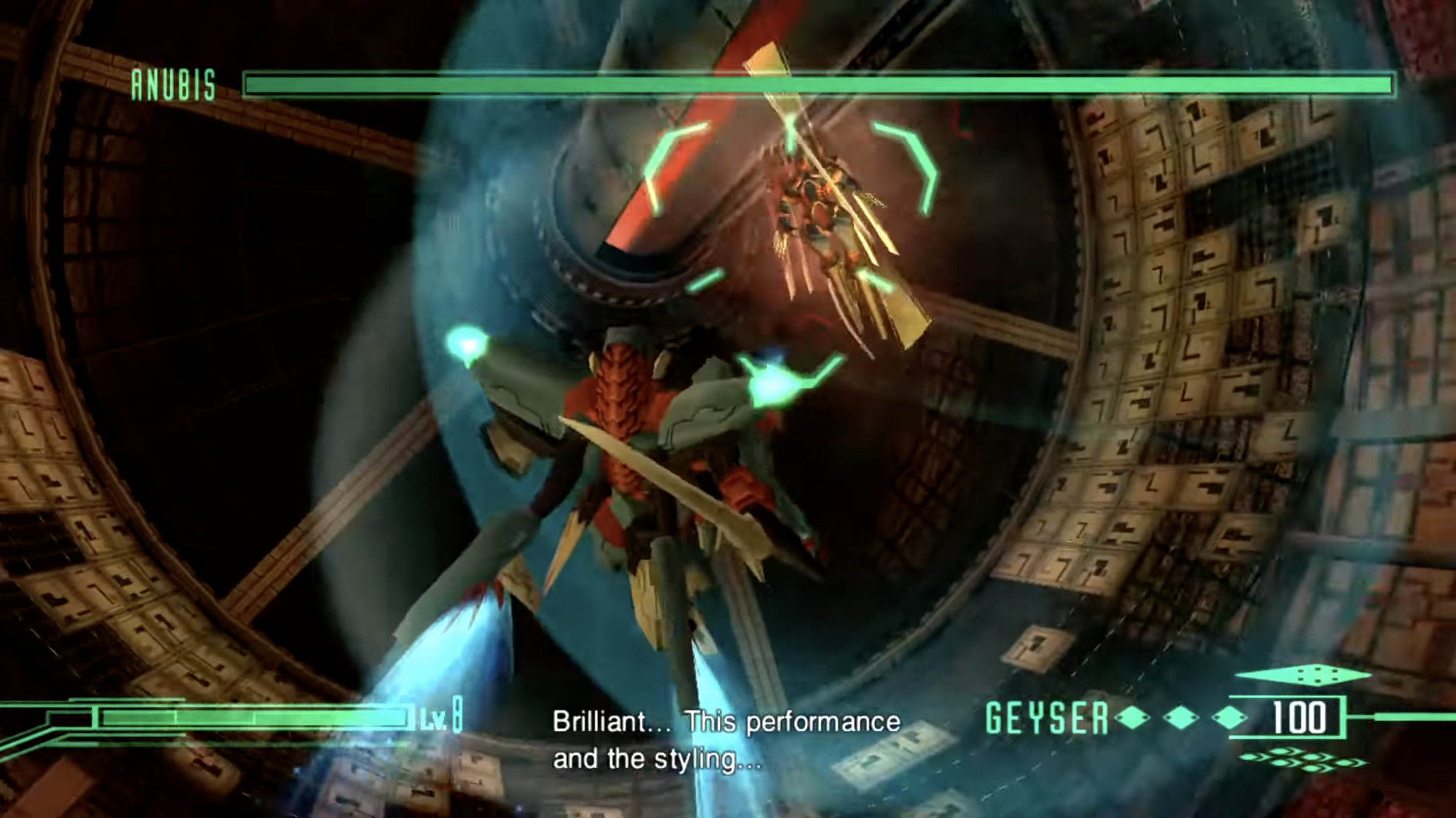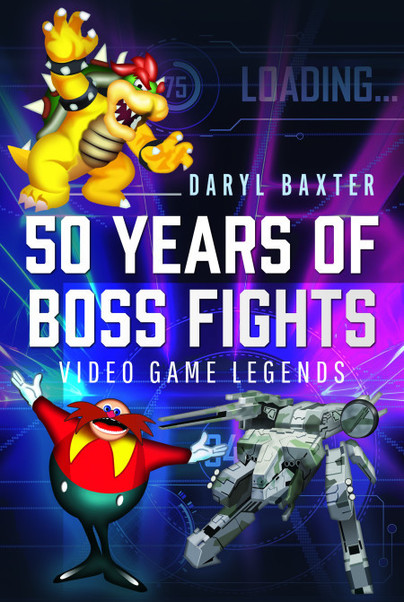Author Guest Post: Daryl Baxter
50 Years of Boss Fights — What is a Boss?

If you’re a longstanding Gamer for the past few decades, you know what a boss is. You play through a level and towards the end, you encounter an enemy that’s more powerful and more challenging than what you’ve faced before. There may be different music and a slight change in the background art to let you know that a big deal is about to occur.
No matter how old you were with this first encounter of a boss, I can guarantee that there would have been some anxiety. No more are you running through a level in Sonic collecting rings and running past signposts for example. Instead, it’s you against a boss, making sure you win the battle and you don’t have to face it all over again if you lose.
This feeling of anxiety is something I’ve had since 1993 — starting with Sonic 1 on the SEGA Master System at a neighbours’ house across the road and encountering the antagonist Dr. Robotnik for the first time. But when I started looking into video game bosses for my second book, ‘50 Years of Boss Fights’, out now, I was surprised to learn that the first ever boss goes back further.
More than just one type of Boss
Way back in 1974, two guys called Gary Whisenhunt and Ray Wood decided to create a ‘Golden Dragon’ that was meant to be an intimidating force against the player. Since then, this format of a ‘boss’ has evolved in several ways, culminating to almost be its own genre, with games like Dark Souls and Elden Ring being great examples of this category.
But there are plenty of types of bosses that we either forget about, or choose to forget about because they’re almost traumatising to face.
- Super Bosses
- Hidden Bosses
- Mid Bosses
- Unbeatable Bosses
- End of Level Bosses
You’ve likely encountered at least one of the above. Some can give you hints on how to beat them, as well as some immense difficulty that you hadn’t come across in the game as yet. But, at the risk of sounding like a sadist, facing these can be incredibly fun, regardless of how challenging some may be to beat.
With this in mind, I’ve listed three bosses below that may feature in the book, to help give you an idea of how important this aspect of gaming is.
The End – Metal Gear Solid 3: Snake Eater

This is the name of a boss in Metal Gear Solid 3: Snake Eater, released in 2004 for the Sony PlayStation 2. Rather than this name signifying the end of the game itself, The End instead represents a character who is a 100-years old Sniper that fought in the first World War.
Rather than fighting against The End in one area, you need to traipse across several areas, uncovering clues to discover him to land a few blows to win the fight. This could be the boss’ footprints, or even spotting the lens flare coming from the scope of his Sniper as you use binoculars to scope out the area.
This can take hours to beat, and in my first time with The End, it did take me up to three hours to win the fight. But it’s the fact of knowing that when you go to a different area, it’s not the end of the fight — nor can it be avoided. You have to face him, and having patience to find him is part of the fun. But there’s also two different ways to defeat him, which only make The End even more memorable. You’ll have to read the book to find out what these are!
Nemesis — Resident Evil 3

When you face a boss, one of the least things you expect to face is choice. Nemesis is a creature sent by ‘Umbrella’, the main antagonist in CAPCOM’s Resident Evil series, to find certain members of the STARS team — the heroes of the games. This creature is similar to the Terminator cyborg from the film series — always following you, never stopping until you’re dead.
As you encounter Nemesis in Resident Evil 3, released for the first PlayStation console in 1999, you’re presented with the option to face him, or to run. If you run, you find yourself in a Police Station, with the creature seemingly trying to open the doors to follow you. After a while, you’ve not seen him. You think you’re safe. It’s not until you collect a key and approach some stairs, that you hear some glass smashing. You go down the stairs, and as you walk past a window, Nemesis bursts through it, holding a Rocket Launcher, ready to kill you.
You run to another room, thinking you’re safe. But suddenly, he appears! It’s one of the biggest shocks of its times, as you’re expecting a boss to stay in one area. Not in this game.
Throughout Resident Evil 3, you’re presented with more choices that can hurt Nemesis, escape from Nemesis, and more. Every encounter is innovative and it makes you wonder how a game from 1999 could give the impression of being very non-linear.
Anubis — Zone of the Enders

In some games, a boss will give the impression it can be beaten. But for certain reasons, because of the narrative or how weak the protagonist is at that point, the boss is impossible to defeat. Now, you may know this, but you might not care. Your stubbornness will make you hopeful that you can indeed beat said boss, but it’s a waste of time.
The space-mech game, Zone of the Enders, released in 2001 for the Sony PlayStation 2, has one called Anubis — a great example of an unbeatable boss. Throughout the game, you can build up your mech to certain levels where enemies can be destroyed in one hit instead of five at the start of the game. You’ve gotten used to the controls so much that avoiding blasts and countering physical attacks is easy.
Eventually, you reach the end of the game, and you encounter another mech called Anubis. You think it’s going to be a similar fight with another you just defeated — just slightly more challenging!
Nope. Every attack you try to make is blocked. If you attempt to get up close to Anubis, the mech is already miles away. If you stop to think of a new plan, the boss instantly appears up close, grabbing your mech and throwing it like it’s nothing.
Halfway through this, you feel puzzled, as you’ve got no prompts about how to beat Anubis, nor is there a time limit or anything to hint towards the fight. It feels like the fight is never going to end – or it will once your health goes to zero. You’re constantly switching up weapons and moves, seeing if anything works, to no result.
Finally, a cutscene plays, with an explosion that gives the protagonist a way out, and the game ends. You’re left with no satisfaction, just bewilderment — and that’s a great feeling to have after encountering an unbeatable boss like Anubis.
50 Years
These three bosses are just a small example of what may or may not have been mentioned in ‘50 Years of Boss Fights’. But these set the scene for the types of bosses that are in the book at the very least. In June, I had been writing about how I approached the book in my newsletter, ‘Springboard’ across June, and it’s been fun to do a ‘debrief’ of the early planning stages of Book 2.
Even if you have a passing interest in games, you likely remember facing a boss you couldn’t beat — and it’s those kinds of memories that make bosses so alluring and fun to face.

Order your copy here.

